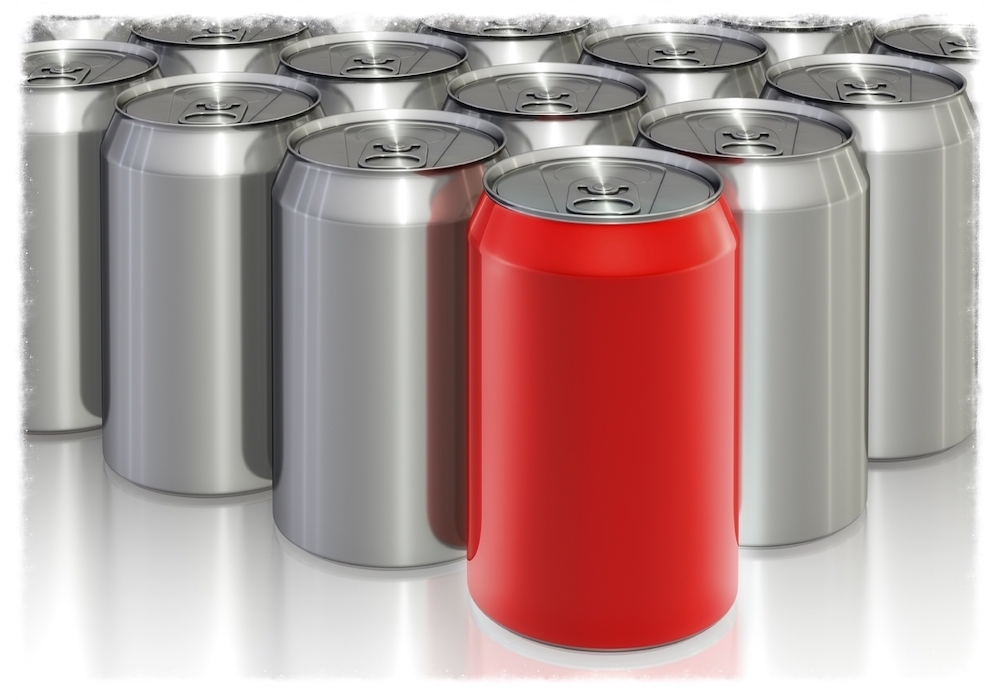The Manufacturing Process and Material Requirements for High-Quality Aluminum Cans
Can manufacturers have strict requirements for the quality of aluminum material. Not only must the internal quality be good with optimized chemical composition, low gas and slag content, but also the material must have good deep drawing performance, low ear-making rate (material anisotropy), and small thickness tolerances, good plate shape, and excellent surface quality.

The production of aluminum cans involves over 40 processes, with the primary processes related to the performance of the aluminum strip being blanking, cup drawing, thinning and deep drawing, edge trimming, washing, external printing, internal coating, drying, necking, and flanging. The aluminum strip must have appropriate strength and good deep drawing formability to ensure smooth continuous punching, thinning and deep drawing, and to have the appropriate yield strength after baking. During the production process of the can body, the first step is to punch the 0.25-0.30mm thick strip into round blanks with a diameter of approximately 138mm, then draw two cups by deep drawing with a diameter reduction rate of more than 50%, followed by three rounds of thinning and deep drawing, reducing the wall thickness to 0.08-0.10mm with a stretching thinning rate exceeding 65%. Since the thinning and deep drawing process puts the material in an extremely low ductility state, even tiny inclusions can cause cracking or folding. Afterwards, it is required to ensure no fractures occur during edge trimming, necking, and flanging, and the material must have good plasticity. After several rounds of baking, the axial pressure resistance and bottom pressure resistance of the can body must be ensured, with the axial pressure resistance required to be 1.35kN and the bottom pressure resistance strength of 630kPa, to ensure smooth canning and storage. Therefore, the comprehensive performance of the aluminum strip used for the can body has strict requirements, including a tensile strength of 270-310MPa, a yield strength of 250-300MPa, an elongation rate greater than 3%, and an ear-making rate less than 2%. The surface of the strip must be smooth and uniform, without obvious corrugations, oxidation, or visible defects such as inclusions, pressure marks, or spots. The thickness of the strip must be uniform, with a thickness difference within 0.005mm.
Modern cover production lines use coils, with cup punching machines having 20-24 stations and material widths of 1500-1550mm. Block sheet production lines use sheet material with widths of 850-970mm. The thickness of the cover material is 0.27mm. Currently, all the pre-coated cover material used in China is imported. Cover production first involves separately producing the base and pull-tab on two production lines, then combining them to form a composite cover. The cover material has various width specifications and even more thickness specifications, including 0.22-0.315mm, such as 0.23mm, 0.25mm, 0.27mm, 0.28mm, and 0.30mm. There are many cover manufacturing companies in China, estimated to be around 50, with production capacity exceeding 40 billion per year.
